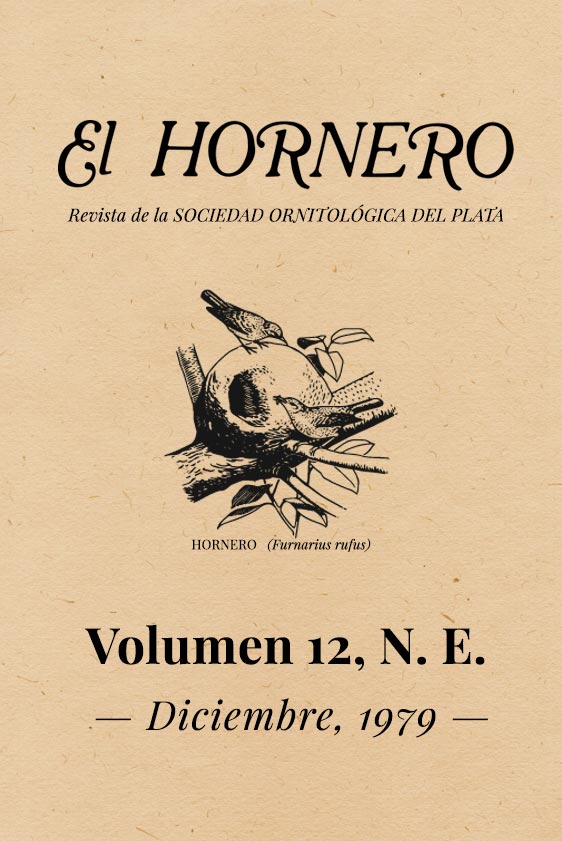Abstract
Little is known about the status of Harpyhaliaetus coronatus and Morphnus quianensis in southern Brazil. Recent information on its presence in Rio Grande do Sul and Santa Catarina are presented. Also, some items are suggested to prevent its decline, based on the conservation of the subtropical rainforests and campos rupestres of the Serra do Mar
References
BELTON,W.,1978.AIistofBirdsoíRíoGrandedoSul,Brasil.Iheringia.ZoologÚl,52:85-102,PortoAlegre.
BROWN,LyD.AMADON,l,1968.Eagles,hawksanclfalconsoítheworld.McGraw-HiUBookCo.NewYork.
BuCKUP,L,1978.Estudossobreo impactoecologicodamine~oe beneficiamentodocarvaonaregiiosuldoEstadodeSantaCatarina.NIDECO/UFRGS/FATMA.PortoAlegre,RoS.BrasIL
GLIESH,R,1930.listadasavescoligidase observadasnoEstadodoRioGrandedoSul.Egatea,Por-toAlegre.
IHERINO,KV.yR.IHERINO,1907.AsavesdoBrasil.SaoPaulo,MuseoPaulista(CatalogadaFau-naBrasileira1).485pp.

This work is licensed under a Creative Commons Attribution-NonCommercial 4.0 International License.





